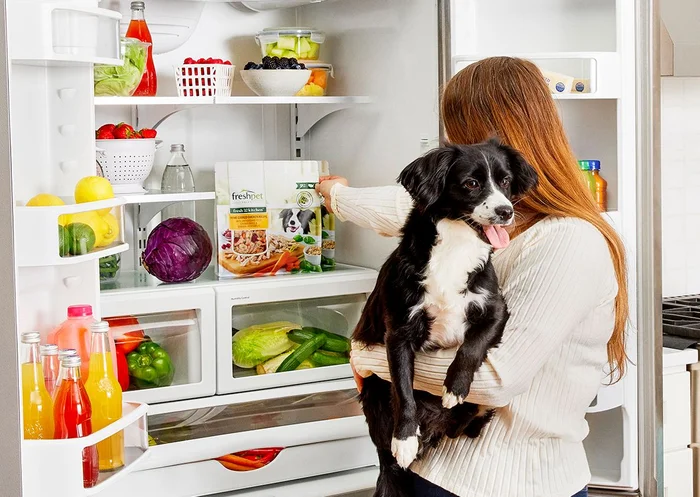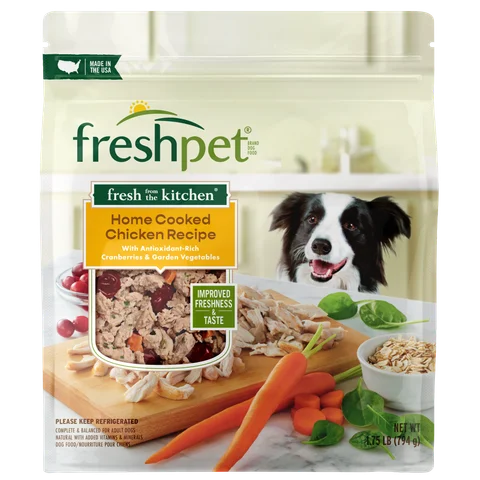
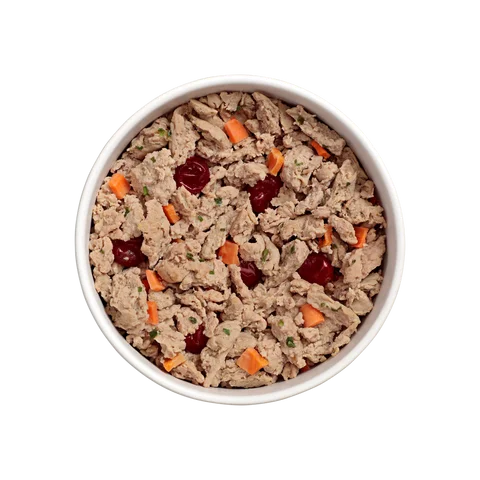
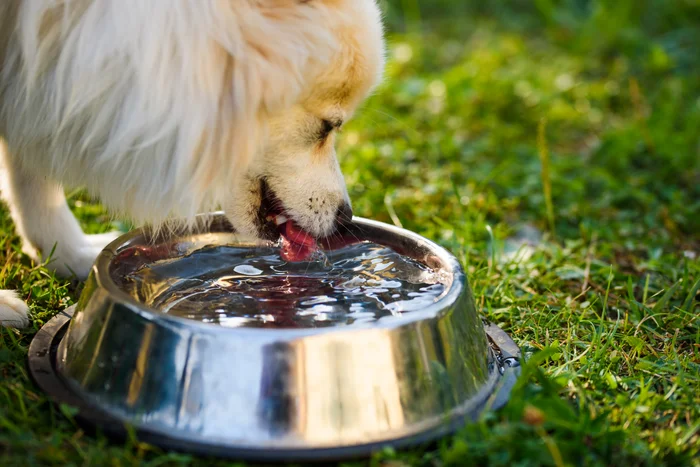
How to Ensure Your Dog is Properly Hydrated
written by Tori Holmes
Just like humans, dogs require an ample intake of water to maintain their health. However, some pups may be a bit finicky when it comes to drinking water or they simply may not drink enough on their own. If this sounds familiar, you’ll be happy to know that increasing your pup’s water intake is easier than you think – read on to find out more.
Proper hydration is essential for your dog's overall well-being, but many pet parents are unsure how much water they should be drinking. To determine how much water your dog should drink each day, you need to calculate the ‘maintenance level’. This is the minimum amount of water needed to properly support your dog’s body and avoid dehydration.
This per-day maintenance level is calculated by multiplying 60mL by your dog’s body weight in kilograms. In other words, for every 10 pounds of body weight, a dog should be receiving a little more than 1 cup of water or 9 ounces. Keep in mind that this is just the minimum amount of water your dog needs – it’s fine if they drink more.
Ensuring that your dog is drinking enough water every day is important because proper hydration plays a vital role in numerous bodily functions, including:
● Regulating body temperature
● Aiding digestion
● Lubricating joints
● Transporting nutrients throughout the body
Without an adequate supply of water, dogs can quickly become dehydrated, leading to serious health issues. But how exactly can you tell that your dog is becoming dehydrated? When it comes to spotting dehydration in dogs, there are five key things to look out for:
● Dry or sticky gums: Healthy gums should be moist and pink. If they appear dry or sticky, it could be a sign of dehydration.
● Lethargy: A lack of energy or enthusiasm may indicate that your dog is not feeling well, possibly due to dehydration.
● Sunken eyes: Dehydrated dogs may have sunken or dull-looking eyes.
● Loss of skin elasticity: Gently pinch the skin between your dog's shoulder blades. In well-hydrated dogs, the skin should quickly return to its normal position. If it stays tented or takes longer to return, your dog may be dehydrated.
● Decreased urination: A decrease in the frequency or volume of urination can be a sign of dehydration. Additionally, urine may appear darker in color than usual.
The good news is that if it’s caught early, dehydration in dogs can be easily managed with prompt rehydration measures and veterinary attention, preventing the progression to more severe health complications.
If your dog is a bit finicky about drinking from their water bowl, fear not – we have plenty of tips on how you can keep them properly hydrated on even the hottest of days.
● Switch to a moisture-rich diet: An easy way to improve your dog’s hydration is to switch to a moisture-rich diet, like Freshpet. Dry kibble typically has a moisture content of around 10%, whereas Freshpet has a moisture content of 72% are available in several different formats, so you can easily find the one your dog enjoys the most.
● Frequently refresh water: Dogs are more likely to drink water that tastes clean and fresh. Make sure to change your pup's water regularly and wash their water bowl daily to prevent bacteria buildup.
● Offer ice cubes: Some dogs enjoy crunching on ice cubes, especially during hot weather. Adding ice cubes to their water bowl can entice them to drink more.
● Provide multiple water stations: If you have a large home or your dog spends a lot of time outdoors, consider placing multiple water bowls in different locations. This ensures that your pup always has easy access to water, no matter where they are.
● Flavor water with broth: Adding a small amount of low-sodium chicken or beef broth to your dog's water can make it more appealing to them. Just be sure to choose broth without any added spices or onions, which can be harmful to dogs.
If at any point you notice a significant increase or decrease in the amount of water your dog is drinking, contact your veterinarian. Changes in water consumption can sometimes be a signal of an underlying health issue that may require medical attention.
As you can see, dog hydration is crucial – especially during the hot summer months. By understanding the signs of dehydration and implementing effective strategies to encourage water consumption, you can help keep your furry friend happy, healthy, and properly hydrated.
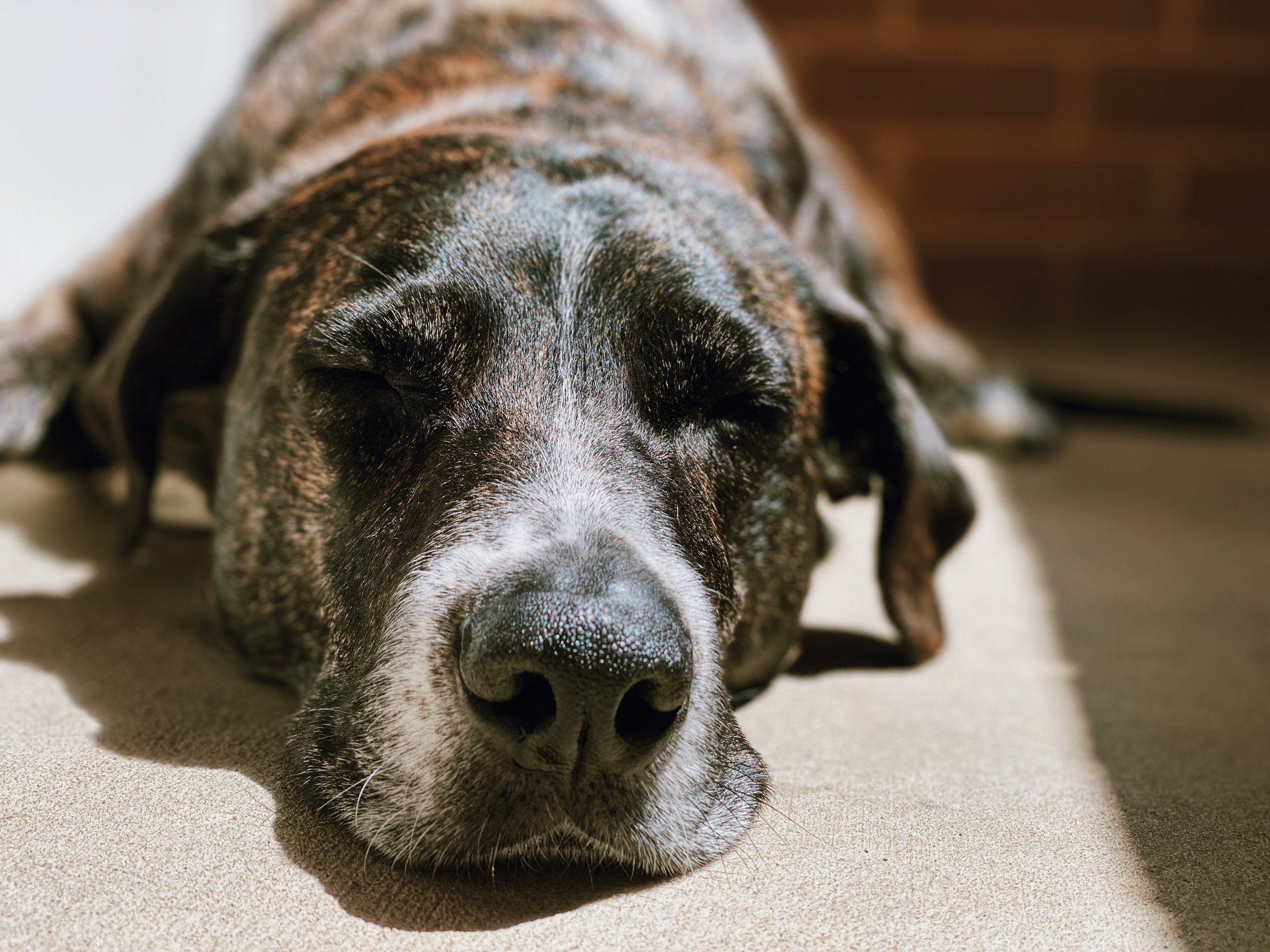
dog nutrition and feeding
Senior dogs need a diet that supports their aging bodies, which is why we want to help you find the best food for senior dogs.
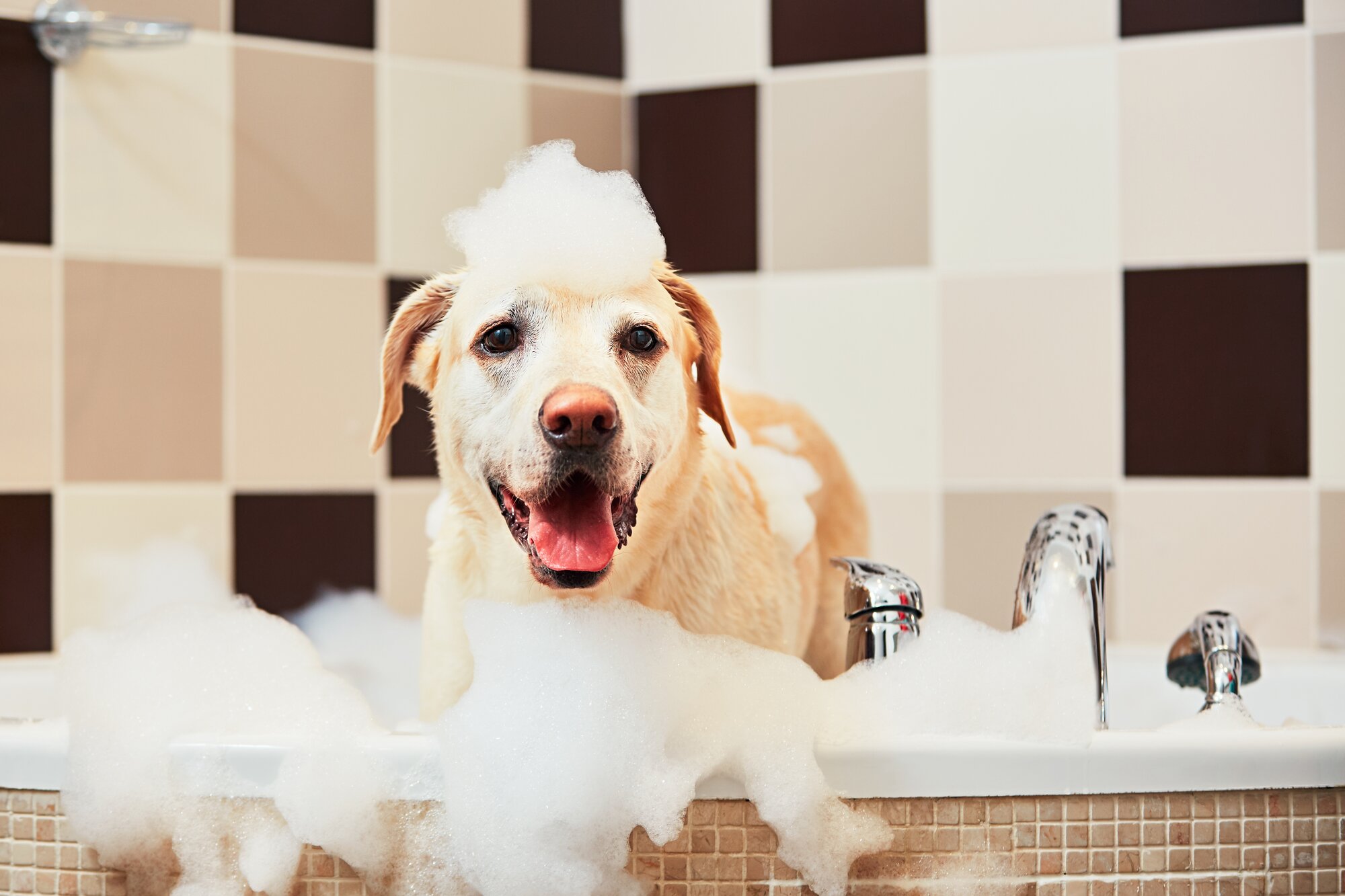
pet wellness
Learn how to treat your pet to a day of relaxation at home.
















